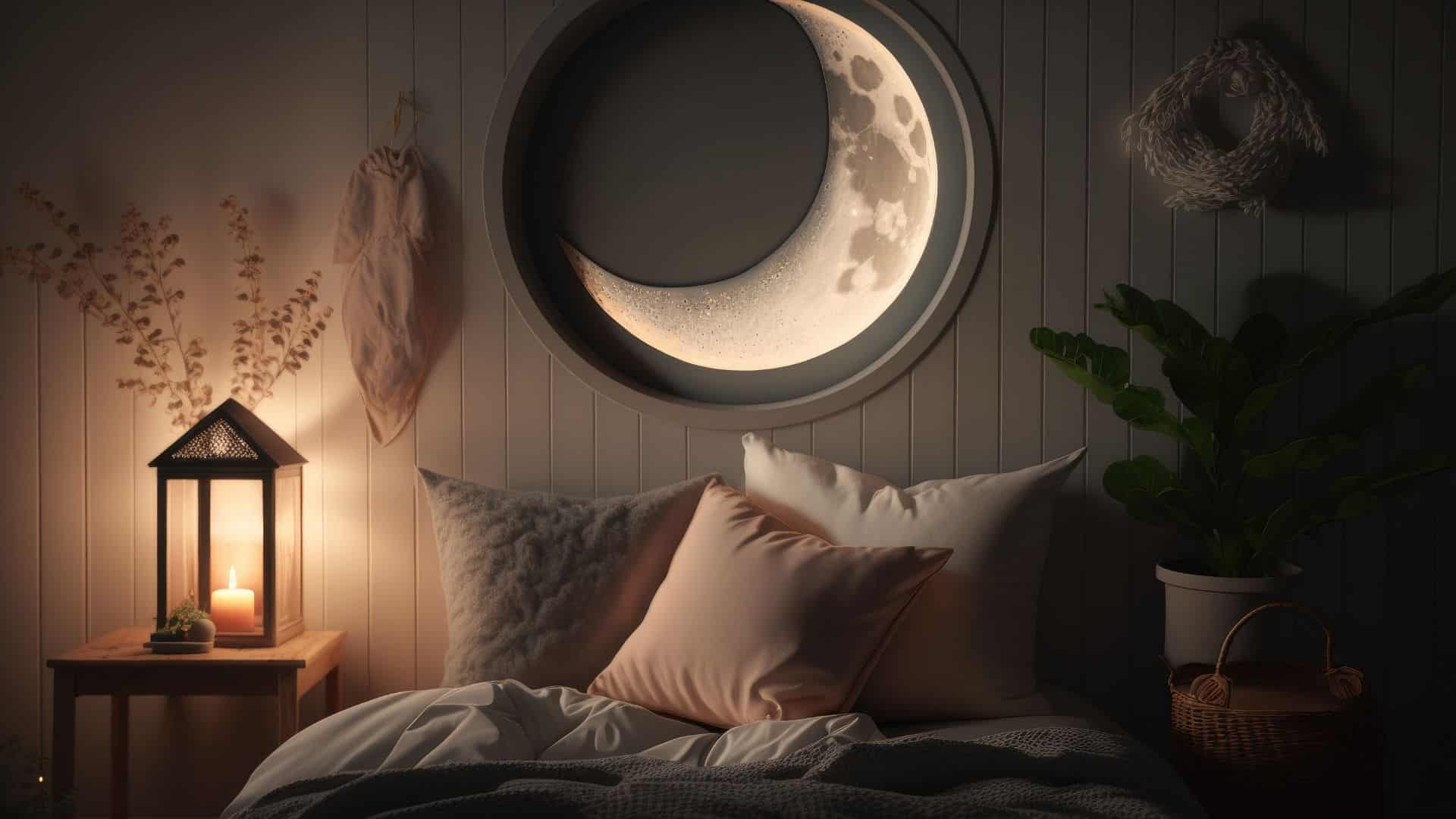Sleep hygiene is not just about a good night's sleep. It's a pathway to healing and resilience, especially after a loss. By transforming your bedroom into a sleep sanctuary, you're creating a soothing environment that can alleviate anxiety, promote good rest, and offer comfort in a time of grief. Whether it's decluttering or using calming essential oils, small changes can make a profound impact on your well-being.
Losing a loved one can throw everything off balance, including your sleep. The bedroom, once a place of rest, can become a realm filled with memories and emotions, leading to grief insomnia. This symptom of loss is very common, but also very disruptive and frustrating. It is certainly one of the most common hardships we address in my grief support group, Awaken.
If you're finding that sleep is elusive after loss, know that you're not alone, and there are ways to help. By making mindful adjustments to your bedroom - in other words creating a sleep sanctuary - you are taking action on the intention to get better sleep. This can help you feel more in control of the situation.
So what is a sleep sanctuary and what does mindfulness have to do with it? A sleep sanctuary turns your bedroom into more than just a place to lay your head; it's an environment designed with intention and care, created to support restful sleep.
Mindfulness plays a vital role in this process, allowing you to tune into your body and your senses - sight, smell, sound, taste, touch - to understand what truly helps you relax. By paying attention to these senses and incorporating compassion into your choices, you can craft a space that nurtures you, honors your grief, and provides a soothing pathway to rest.
In the midst of loss, this mindful approach to sleep can be a gentle way to support yourself, offering both comfort and the restorative rest your body and soul need. The tips below will lead the way, and if you want to know more about grief and sleep, check out one of my most read articles: Grief Insomnia: 8 Tips To Get More Sleep After Loss.
6 Steps to Create Your Sleep Sanctuary
Step 1: Minimize Clutter
Don't worry, you don't have to become a decluttering expert overnight. Just take a few moments each day to clear away distractions. Whether it's piles of clothes, lingering paperwork, or reminders of illness, tidying up can have a real impact on how well you sleep. And it's not just about appearances; it's about creating an environment that helps your mind find peace.
Step 2: Maximize Beauty and Showcase Love
Now that you've cleared the clutter, let's bring in some beauty. Maybe it's a vase of fresh flowers or a whimsical pillow. If you feel comforted by having a photograph of your loved one nearby, consider adding it alongside a gentle LED candle. It's all about creating a space that nurtures your heart and helps you ease into sleep.
Step 3: The Sweet Smell of Sleep
Did you know that the scent of your room can affect your sleep? Fresh sheets and calming essential oils can transform the atmosphere. Choose natural scents that speak to you, and let them guide you into restful slumber. A warm, cozy cup of herbal tea can take on two senses at once: smell and taste.
Step 4: Cool the Room
Finding the right temperature for sleep isn't just about comfort; it's biology. A cooler room helps signal to your body that it's time to wind down. Experiment with the thermostat, and find what feels right for you. After all, it's your sanctuary.
Step 5: Turn Out the Light
Light plays a vital role in your sleep patterns. From avoiding blue light before bed to using red light bulbs for nighttime navigation, controlling light exposure will support your sleep in profound ways.
Step 6: Create a Soothing Soundscape
Sounds can either enhance or disrupt your sleep. Maybe white noise helps you drift off, or perhaps the gentle strum of classical guitar feels right. Listen to your needs and craft a soundscape that helps you rest easy.
The Importance of Taking Your Time
Creating a sleep sanctuary after a loss is a compassionate act of self-care. It acknowledges your grief while providing you a nurturing space for healing and growth. As you take these gentle steps, remember that you're not alone, and these efforts are more than just about sleep. It's about honoring your journey and giving yourself the space to heal.
Changing a room filled with memories is not a task to undertake lightly, so go slow and be kind to yourself. Even small changes can make significant impacts on how rested you feel. It's okay to make the choices that are right for you. You're not just creating a space for sleep; you're crafting a sanctuary for your soul.


